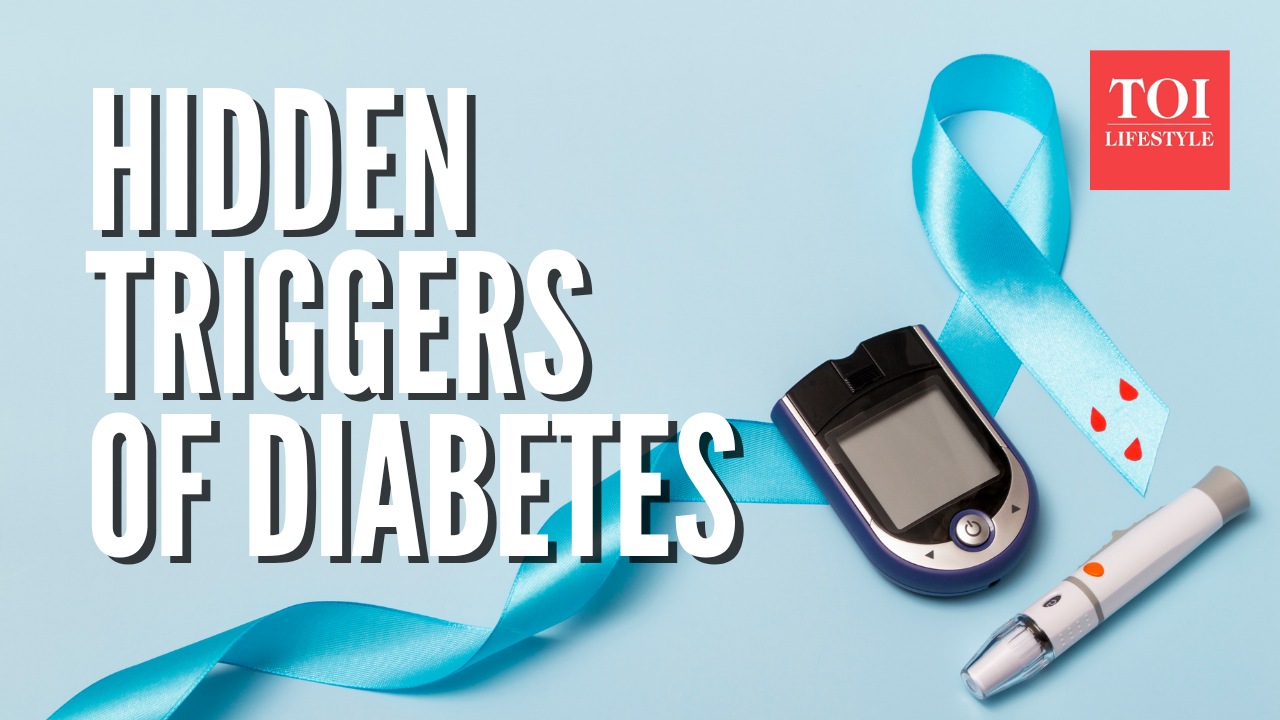High triglycerides can quietly strain your heart and overall health, often without obvious symptoms. The encouraging part is that food can be one of the strongest allies in bringing those levels down. Instead of strict diets or complicated plans, small and consistent choices, like adding more whole, unprocessed and nutrient-dense foods, can bring a lasting difference. Highly raised triglycerides may heighten the risk for heart disease, stroke, and metabolic syndrome. Below are eight research-backed foods that help lower triglycerides, supported by scientific studies and clinical evidence.
Omega-3 fatty acids
Omega-3 fatty acids are found in the following fatty fish: salmon, mackerel, sardines, and herring. The triglyceride-lowering effects of omega-3 fatty acids have been well-studied. Omega-3 fatty acids act in the liver to reduce triglyceride synthesis, enhance triglyceride clearance, and suppress inflammation. Regular consumption of omega-3-rich fish or supplements has been reported to lower triglycerides by 20-35%. Substantial reductions have been seen within 6 months with doses ranging from 3 to 4.5 grams daily of the two key omega-3 fatty acids called EPA and DHA. The American Heart Association recommends eating fatty fish at least twice a week for cardio-protective benefits.
Nuts

Nuts and seeds are among the protective foods that are rich in healthy fats, fiber, and antioxidants. Controlled studies that have replaced saturated fats with nuts have been able to show a 10-20% reduction in triglycerides, but it is highly dependent on the type of nut and amount used. Of particular note, flaxseed contains the plant omega-3 fatty acid alpha-linolenic acid, as well as fiber that helps lower blood lipids. A daily serving of a mix of nuts or seeds (about 30 grams) may be a useful dietary strategy, according to National Institute of Health.
Whole grains and high fiber food
Whole grains like oats, barley, quinoa, and brown rice contain soluble fiber, which delays the absorption of carbohydrate foods, thereby reducing postprandial peak triglycerides. Indeed, studies have shown that increasing fiber intake is associated with reduced levels of triglycerides and an overall improvement in lipid profiles. Diets high in fiber also enhance insulin sensitivity and by extension, indirectly help regulate triglycerides. Whole grains rather than refined carbohydrates are necessary in the management of triglycerides. A research published in Nutrients, 2010 links fiber intake to lower risk of heart disease, cancer, diabetes, likely through effects on nutrient absorption and gut metabolism.
Legumes
Legumes are rich in plant-based protein and fiber and include foods such as lentils, chickpeas, kidney beans, and soy products. Meta-analyses published in the National Institute of Health indicate that soy protein consumption of about 30g per day is associated with small but statistically significant reductions in serum triglycerides. The low GI of legumes prevents the sharp increases in the levels of blood sugar that, in turn, prevent an increase in triglycerides. Inclusion of legumes several times a week is advisable as the major source of protein.
Fruits and vegetables

Adequate fruits and vegetables in the diet provide antioxidants, potassium, and vitamins that support lipid metabolism and reduce inflammation. Certain fruits such as berries, citrus fruits, and kiwi are very low in fructose and calories and, as such, are perfectly appropriate and recommended in managing triglycerides. Intake of fruits and vegetables at 150–225 grams per day may reduce triglycerides by 1-4%, particularly when combined with other healthy dietary changes. According to the National Institutes of Health, one of the best strategies to reduce triglycerides, especially in women is to increase fruit intake.
Avocado

The avocado is a source of monounsaturated fats responsible for the substitution of saturated fats in a diet and thus improves lipid profiles. Clinical studies reveal that the addition of avocado to a meal reduces triglycerides and LDL cholesterol while increasing HDL cholesterol, or good cholesterol. Among other–contents, besides fat, avocados are also carriers of fiber and antioxidants useful to the heart. According to Journal of American Heart Association, adding one avocado daily to a moderate-fat, cholesterol-lowering diet further reduces LDL cholesterol, LDL particle number, showing that avocados provide heart and metabolic benefits beyond their healthy fats.
Healthy oils
Replacing saturated fats with healthy oils, such as extra virgin olive oil, fish oil, canola oil, and flaxseed oil, will provide monounsaturated and polyunsaturated fats that lower triglycerides. Moreover, olive oil contains high amounts of polyphenols, hence possessing extra anti-inflammatory properties. Diets rich in these oils have also been demonstrated to also–lower triglycerides and generally decrease cardiovascular risk. According to Stanford Medicine, all the participants who consumed fish oil experienced a significant decrease in TG concentrations and improved LDL-cholesterol levels in the body as well.
Low-fat dairy products
It is also permissible, within a heart-healthy diet, to consume low-fat or fat-free dairy products, including milk, yogurt, and cheese. They provide calcium, protein, and vitamins with minimal saturated fat content to avoid–elevating triglyceride levels. Research published in PubMed Central indicates that the intake of dairy products is associated with the maintenance of triglyceride levels. The study highlights that low-fat dairy intake and limiting alcohol are the key factors linked to improved triglyceride control.





